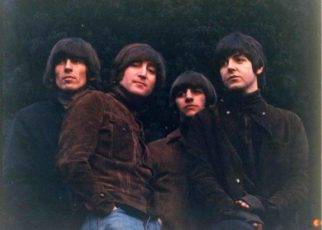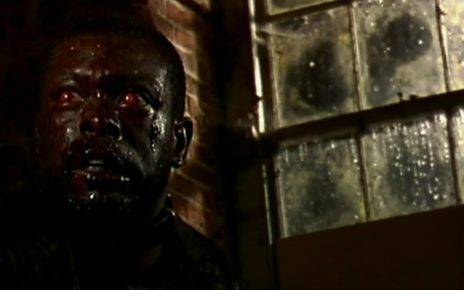1965 is often seen as ground zero for rock music. It’s a commonly held view and one which does a disservice to the previous two years, but there’s also a grain of truth to the theory.
In the few months between Help! and Rubber Soul, Dylan went electric and released the first fruits of his new plugged-in status, the Rolling Stones had begun to write their own material and the Who had burst onto the musical scene.
Rubber Soul – the songs
The album opens with “Drive My Car”, a mid-tempo rocker with mouth-watering vocals from Lennon and McCartney in what would turn out to be one of the last instances of such a close collaboration. The song itself marks the point where the band moved beyond simple boy meets girl tunes for good and take the step up to a level no other band has ever managed to equal. The “beep-beep yeahs!” of the fade-out continue to be heard on radio traffic bulletins to this day.
It was with the album’s second track, “Norwegian Wood (This Bird Has Flown)” that the listening public got the first hint of the new direction the band were taking. It’s so unlike anything that had gone before in the Beatles’ cannon that it momentarily takes our collective breath away.
Looking back, as is so often the case with the Beatles, it is hard to imagine just what a shock the song must have been back in late 1965. Famous for the first use of sitar on a pop record, the track (not so subtly) details one of Lennon’s affairs. The song itself is simply lovely while at the same time adding layers of mystique to the band’s image. It also contains one of the great understatements in the history of rock lyrics: “She told me she worked in the morning and started to laugh/I told her I didn’t…”
“You Won’t See Me” is one of the great forgotten gems in the whole of the Beatles’ recorded output. Featuring a near-belligerent McCartney lead vocal, the track is enhanced by Harrison and Lennon’s perfect harmonies. It’s a sound countless bands have tried to replicate over the past four decades and yet it still manages to sound as fresh and uplifting as it did on release.
Lennon’s wonderfully lazy and indeed hazy “Nowhere Man” was a US number one, but as with all the songs in the UK remained an album track. If the harmonies of the previous track are world class, then “Nowhere Man’s” vocal track is simply other-worldly in its sound. Lennon sounds positively languid and yet fully engaged with the lyric. Harrison and McCartney provide background harmonies which drip with the vocal honey of a band so far ahead of its competitors that it had created an almost celestial feel to the track.
Side two of the original album begins, as side two of Help! had begun, with a Ringo tune. Like the previous album, it’s a low point, but unlike “Act Naturally” on Help! it’s a decent song and also worthy of note as the only Lennon-McCartney-Starr writing credit in the band’s history. It’s certainly disposable, but it manages to be enjoyable which is progress of a kind.
The album regains its classic status with “Girl”. Some claim it’s a critique on Christianity, others that it contains a rather rude background vocal. Whatever the truth, it’s a beautiful piece of music that was another nail in the coffin of the Mop Top image.
“I’m Looking Through You” is almost as good. Featuring another McCartney vocal laced with bitterness, its powerful acoustic accompaniment is thrown into sharp relief by a stabbing electric guitar.
“In My Life” is nothing short of remarkable. Song writing of such maturity on its own would be incredible for a band in their mid-twenties, but to drape it in a shroud of such portentous melancholy leaves the listener spell bound. Add in an Elizabethan piano break and you have what is simply one of the greatest songs ever released by a pop/rock band. Timeless, deeply sad and world weary to the extreme, “In My Life” remains a thing of shimmering beauty akin to an Autumnal sunset. Rubber Soul’s highlight.
Summary
Rubber Soul is the first album that confirmed the Beatles not just as superstars, but as world-class writers. It married folk, pop and rock to create a sound as unique as it is accessible. It also started a journey many others would follow. The album remains an essential part of anyone’s collection.





